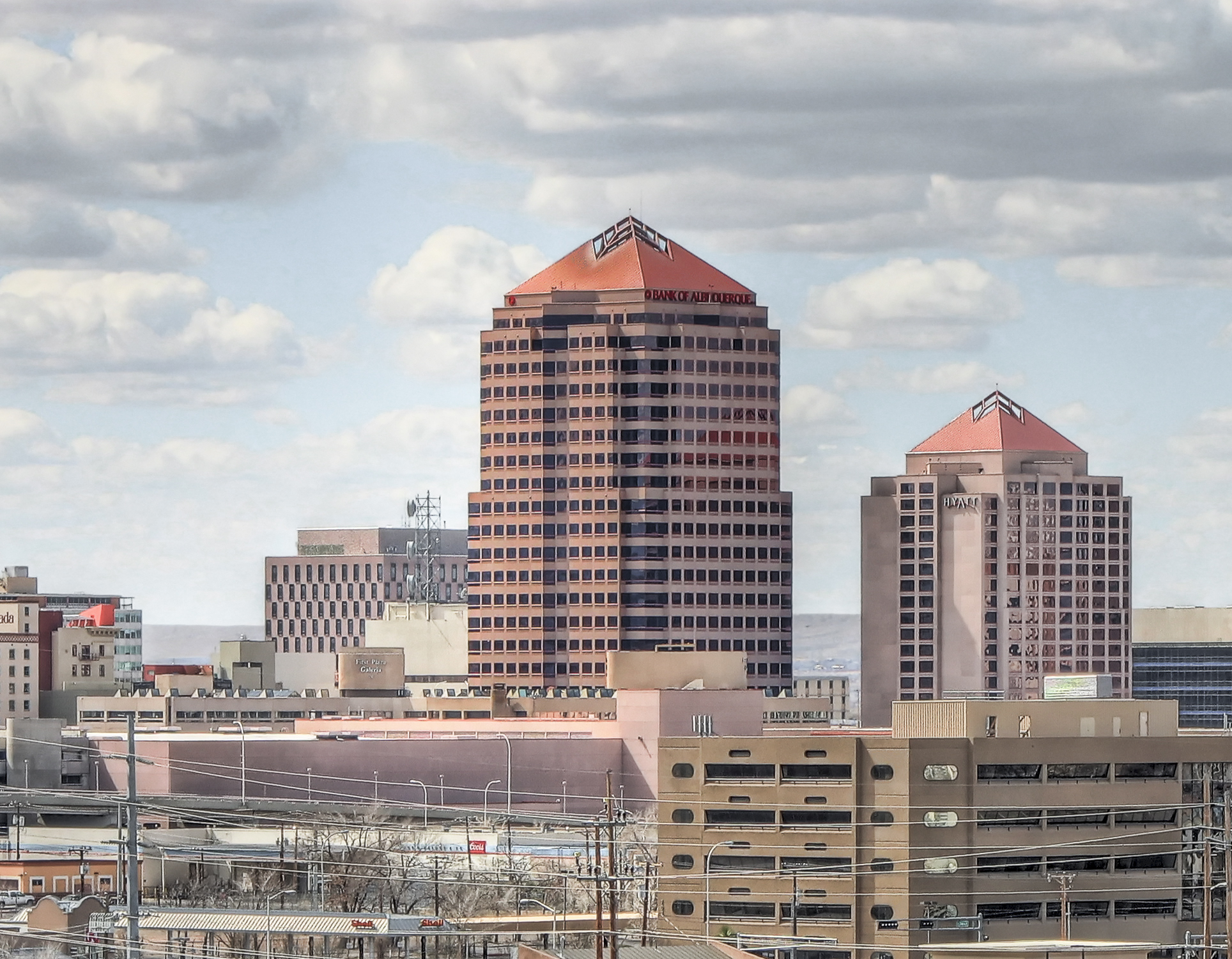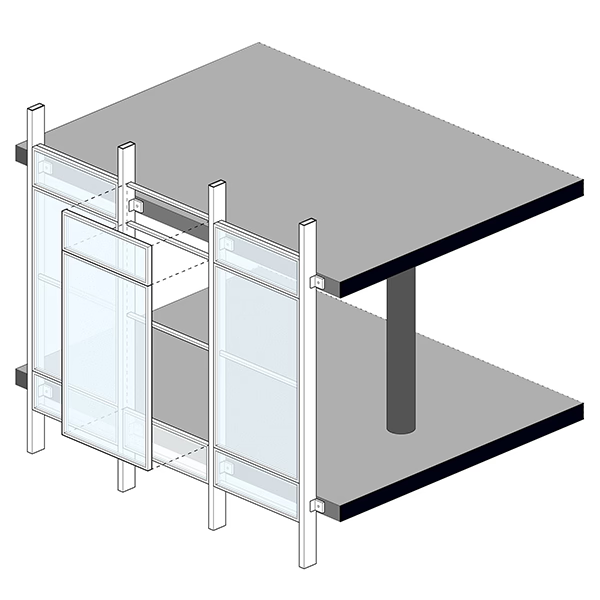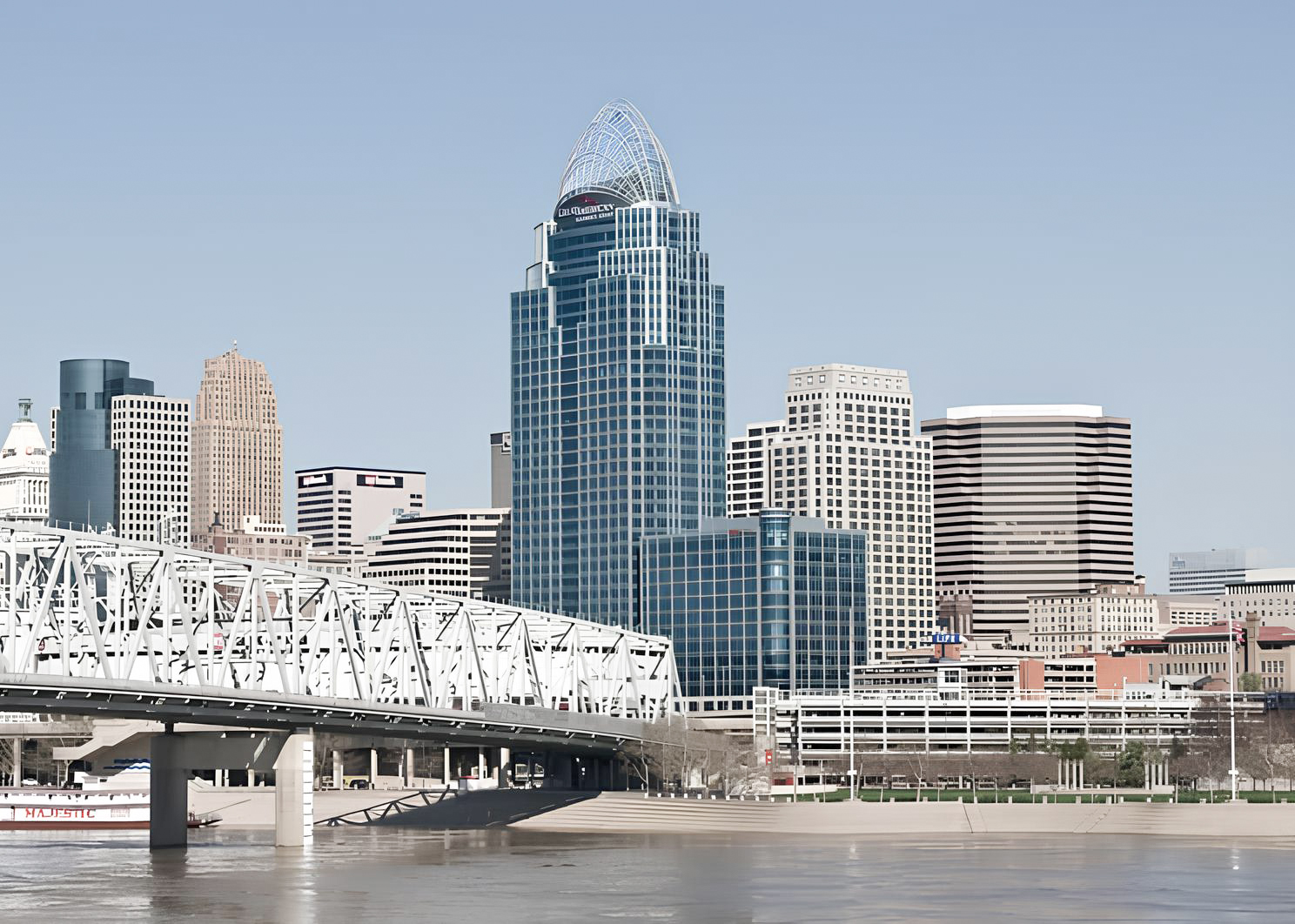The Albuquerque Plaza Office Tower is a Postmodernist skyscraper designed by Hellmuth, Obata & Kassabaum, and built between 1988 and 1990, for a reported $100 million dollars, in Albuquerque , NM.
Albuquerque Plaza Office Tower is not the only name you might know this building by though. It is common for companies to want to attach their names to iconic buildings when they move in, or for the general public to come up with nicknames, and this one is no exception. The building has changed names several times over the years, and is also known as:
- Bank of Albuquerque Tower between 1998 and 2015.
- U.S. Eagle Plaza between 2015 and 2021.
- WaFd Bank Building from 2021 until this day.
Its precise street address is 201 Third Street NW, Albuquerque , NM. You can also find it on the map here.
In 2002 the Albuquerque Plaza Office Tower was awarded with the Office Building of the Year BOMA.
This is the taller building of a two-tower complex. The towers are connected at ground level by a two-story promenade that includes retail areas, linking it to the Hyatt Regency Albuquerque. The Albuquerque Plaza Office Tower rises 20 stories above this base, which contains a retail promenade on the first floor, while the second floor houses banquet and conference rooms.



